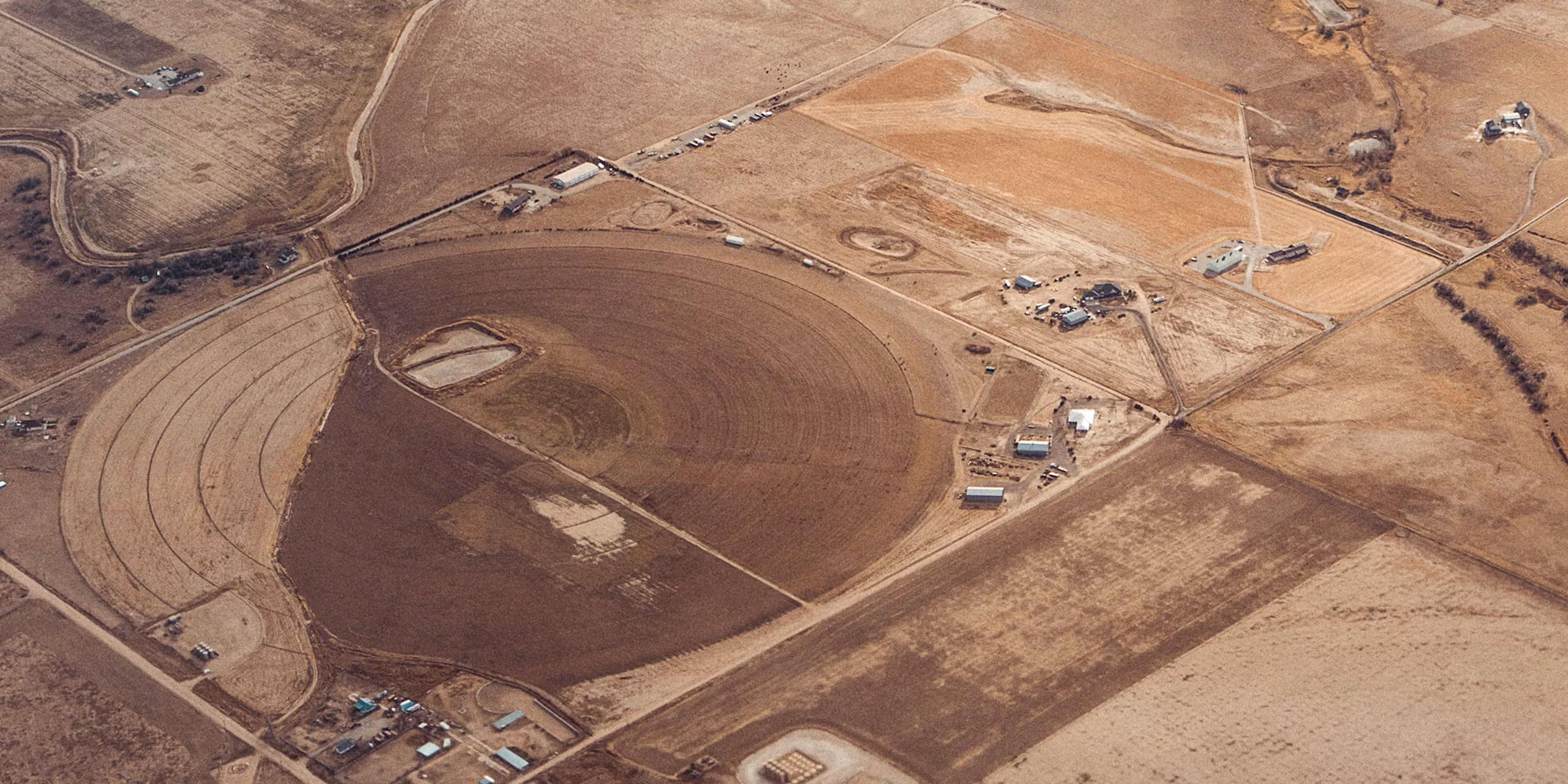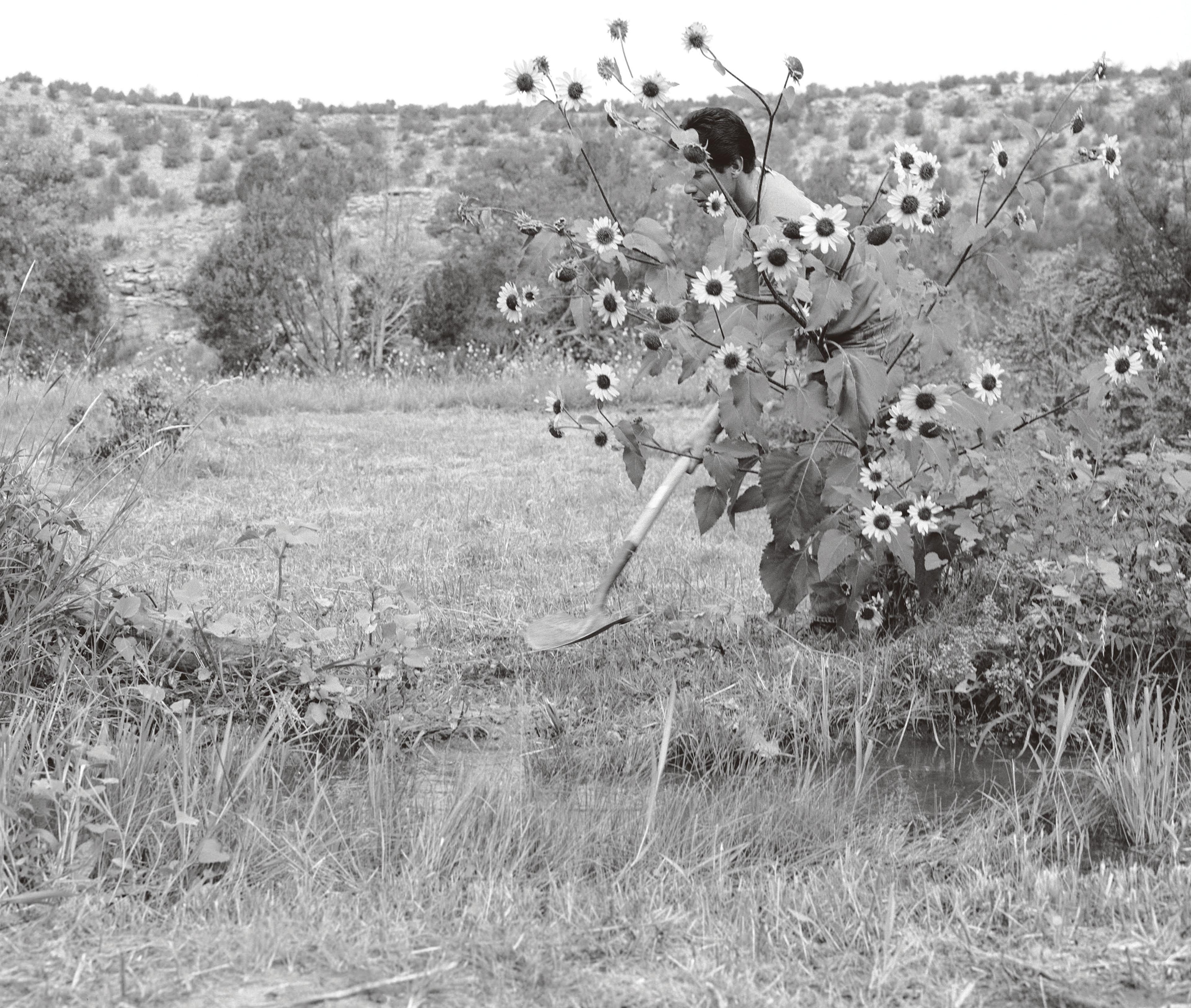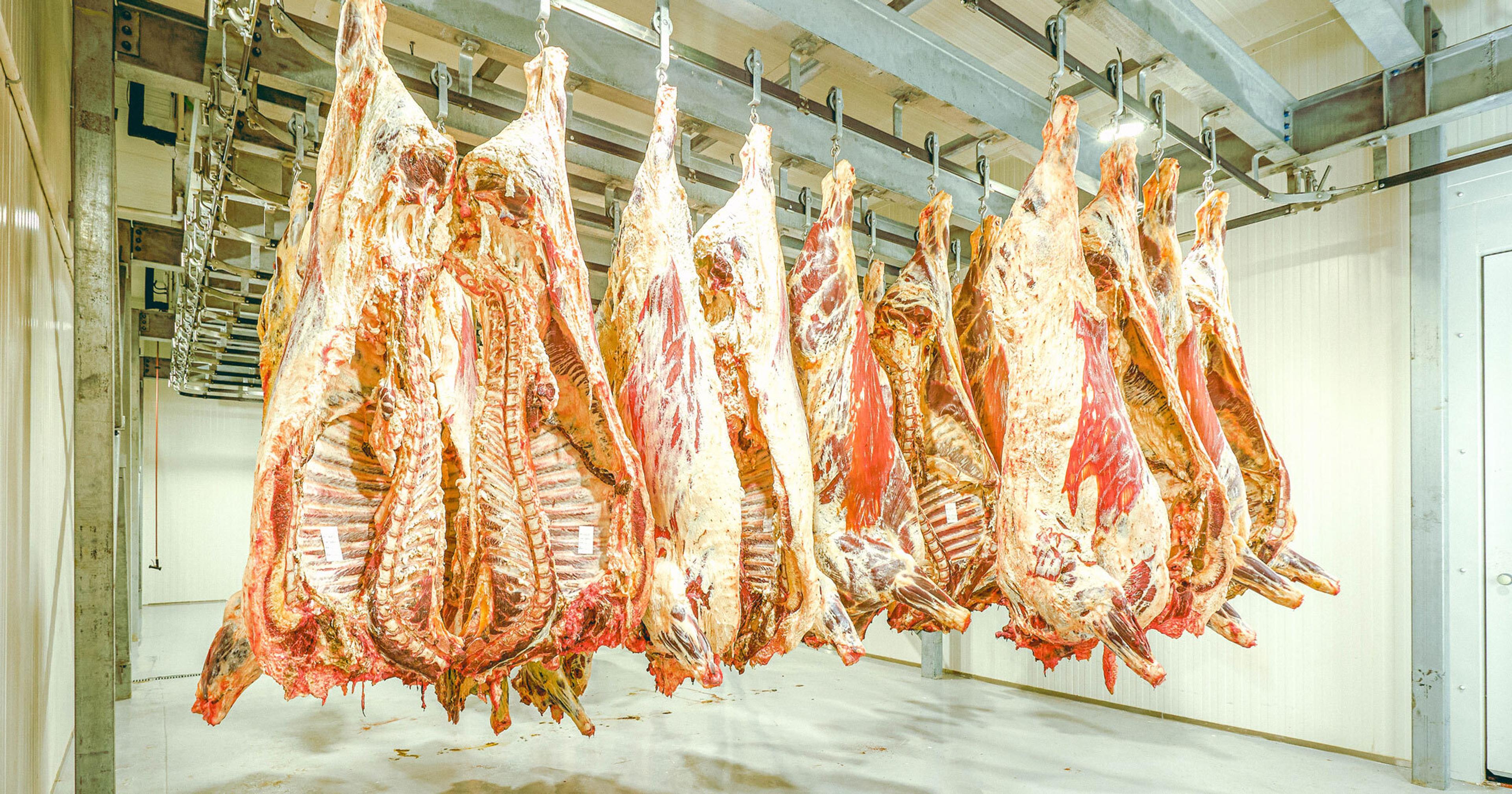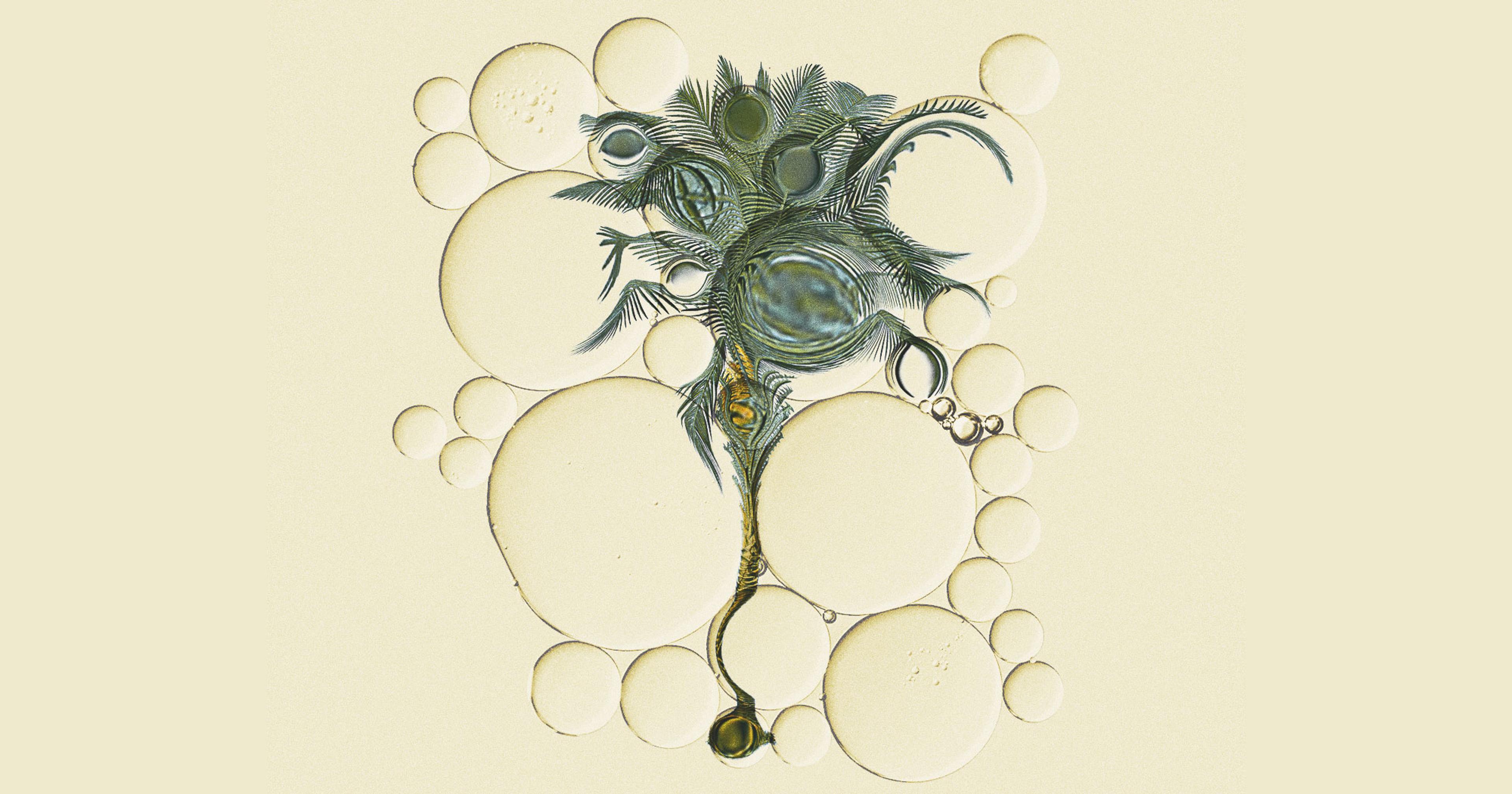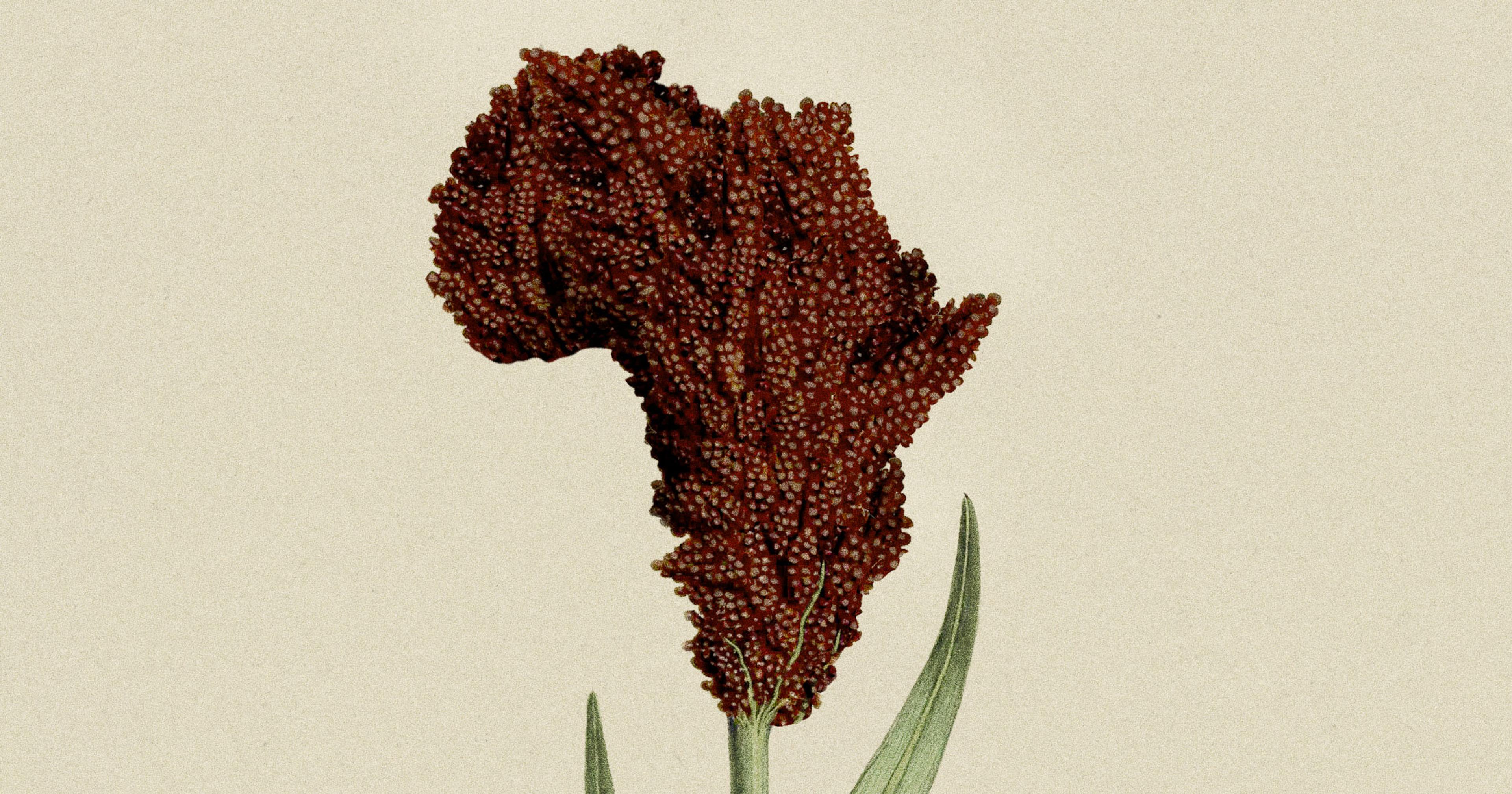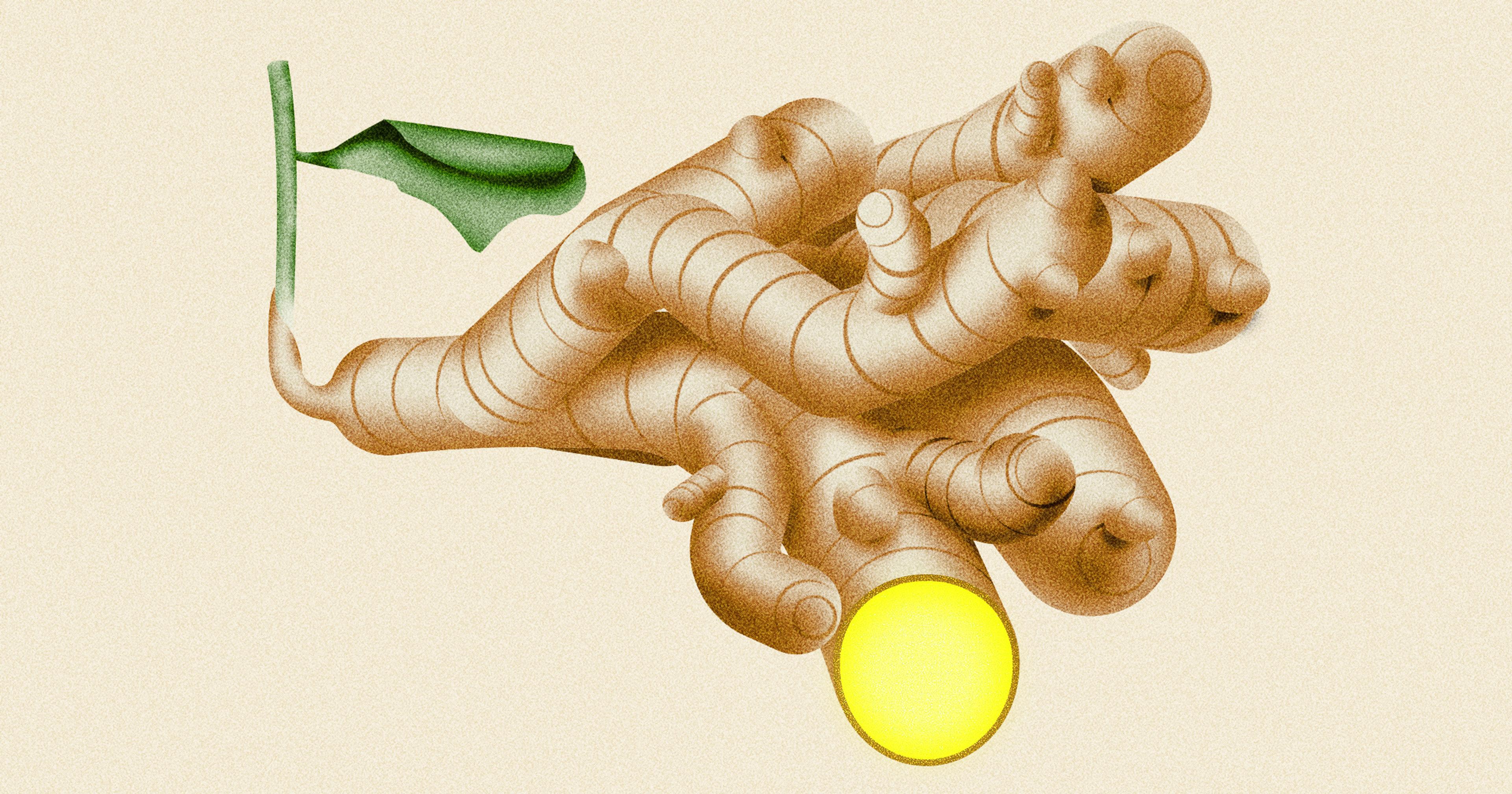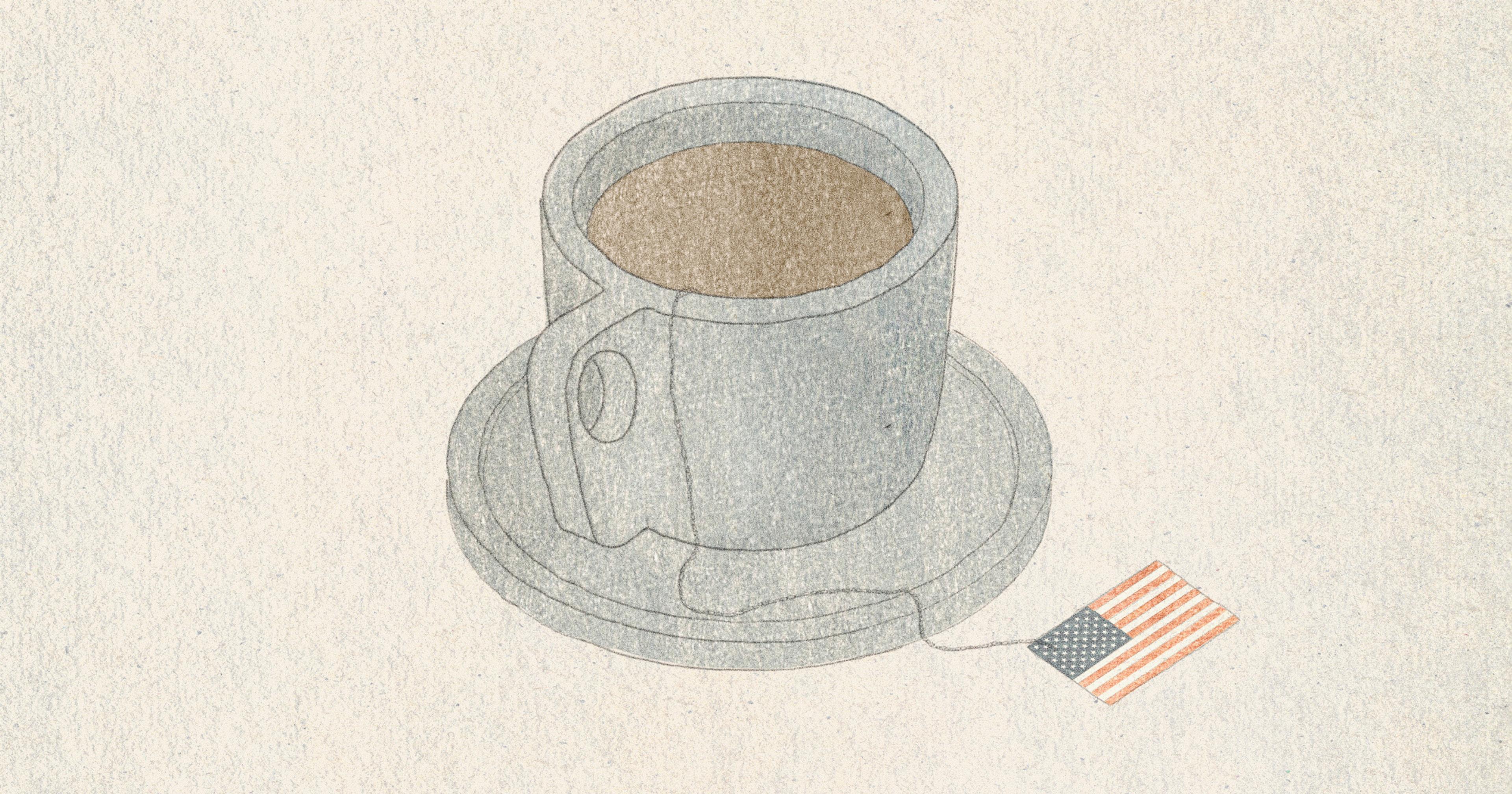Few places are precious enough to grow pistachios to begin with.
Farmers tend to be stoic people. They gaze at the sky, parsing out if the rain will come as forecasted, or if drought will persist before they shrug and decide: It’s out of my hands. It’s a career defined by a certain type of faith, and groundedness in cycles. That’s why massive trends like Dubai chocolate can’t exactly be planned for.
At least that is the case with Marianne Schweers. She’s owner of Heart of the Desert, a pistachio farm and vineyard outside of Alamogordo, New Mexico, a dry and sandy town three hours south of Albuquerque en route to the Mexican border. Schweers and her husband George moved from rural Nebraska in 1969 so that he could serve at the Air Force base there.
They enjoyed the Southwest so much that they settled in after his tenure was up, but they were farmers back in Nebraska. When they looked around, they had no idea what crop could possibly grow in the desert, and if their farming could continue. The cracked dirt was a far cry from the Midwestern soil that can cultivate row crops like clockwork. In their research, the Schweers stumbled across the ancient history of one native desert crop in Persia: pistachios.
“The pistachio-growing regions there have almost the exact same growing environment as here,” Schweers said.
Today, Heart of the Desert has 105 acres of pistachios. They are vertically integrated, so they farm, harvest, process, and market their own crop. They employ eight farmworkers, with about 40 employees in total. It’s a small operation in the middle of a big trend: Dubai chocolate.
These luxurious sweets are typically thick chocolate bars stuffed with green pistachio cream that’s studded with phyllo dough for a slight crunch. They’re a TikTok craze, and they’re expensive — bars typically sell for about $20 apiece. The trend has also spurred a range of global offshoots, like Dubai chocolate donuts, ice cream, and other desserts. In April, The Guardian reported that the craze was causing an international shortage of pistachios, with prices increasing from $7.65 to $10.30 a pound over the course of one year.
With all of this buzz around Dubai chocolate, are smaller pistachio farmers like the Schweers winning?
Crop Basics
The pistachio yield of New Mexico and Arizona shakes out to about 2 percent of the American crop. California dominates 98 percent of the market. Stephen Vasquez, executive director of the California Pistachio Research Board, said that in California, pistachios have a similar footprint as almonds and walnuts. They don’t require as much water as either of those other nuts, though. Almonds have a shallow root system, he said, while pistachios have a deeper one that extends two to three feet underground, and allows for a more established tree to grow because it can take advantage of underground moisture.
The U.S. is currently the number one producer of pistachios in the world with 51 percent of the market, followed by Turkey and Iran. Vasquez said that American pistachio farming systems are more advanced than competitors that still harvest in traditional ways. In California for example, pistachio trees have been engineered to be more like a bush, which helps with shaking the nuts loose mechanically as opposed to hand-harvesting.
Pistachios are also a resilient crop. They can live without irrigation, but consistent watering yields higher production and quality. The split rate, which is the percentage of nuts that grow big enough to break open their shells, is low without adequate water.
The Role of Byproducts
For all of its international might, the American pistachio market has one blind spot: Manufacturing capabilities to produce pistachio creams and butters. Those are largely imported, and the real moneymakers in the Dubai chocolate craze. The American market largely did not foresee ramping up to cash in on it.
“We look like a bunch of idiots in the sense as we marketed how we normally market, and [Dubai chocolate] snuck up behind and clobbered up,” said John Hueller, president of A & P Ranch in Arizona.
Pistachio creams and butters aren’t made with high-quality split nuts, but with what’s called closed-shell sinkers and floaters. These are immature nuts that are typically considered a byproduct of the harvest process. With Dubai chocolate getting stocked at a break-neck pace, recently Hueller had to figure out how to transport a few million pounds of byproduct to a processor within two months.
“It’s beyond a sensation, and driving the market,” he said.
For what it’s worth, Schweers doesn’t see Dubai chocolate as really being the indicator of the pistachio’s success. She attributes that to the larger industry as a whole that marketed pistachios successfully to the general public around the world, including giants like Wonderful pistachios that you can find in small travel-ready packs in the gas station.
“All of the small farmers are benefiting from what the Pistachio Growers’ Association are doing,” she said.
Luck of the Draw
Hueller is a second-generation farmer. He started his career in agriculture at 14. He’s 63 now, and about to retire. His primary operation in Cochise County, Arizona, has 2,400 acres of pecans and 1,500 of pistachios. Cochise is in the desert, but quite high at 3,600 to 4,200 feet. It snows a bit in the wintertime, and gets a good amount of rain during monsoon season. That combination of factors creates something magical.
“Very few places in the world can raise pistachios,” he said. “You have to have a certain number of things happen.”
For one, pistachio trees need to be able to chill for 950 hours per year, or about a month and a half, because they don’t rely on bees for pollination. There are male and female trees, and they self-pollinate via the spring winds. Pollen grains released by the male trees end up on the female flowers. It’s a natural process that doesn’t require heavy intervention, and the chilling helps to prepare both for pollination.
The weather also needs to be dry enough to allow for the pollen to travel when it’s released. Pistachios are a nut with a small footprint in this world, and we’re lucky enough that there are lands in the U.S. that can cultivate them. Even with climate change on the horizon and rising and falling demand, Schweers doesn’t see the unique factors that make pistachios so successful changing anytime soon, even when the Dubai chocolate trend fades.
“[New Mexico] produces a really good crop,” she said. “Nuts grown in the Southwest in particular have a robust flavor. I certainly see the pistachio industry staying, and growing.”



